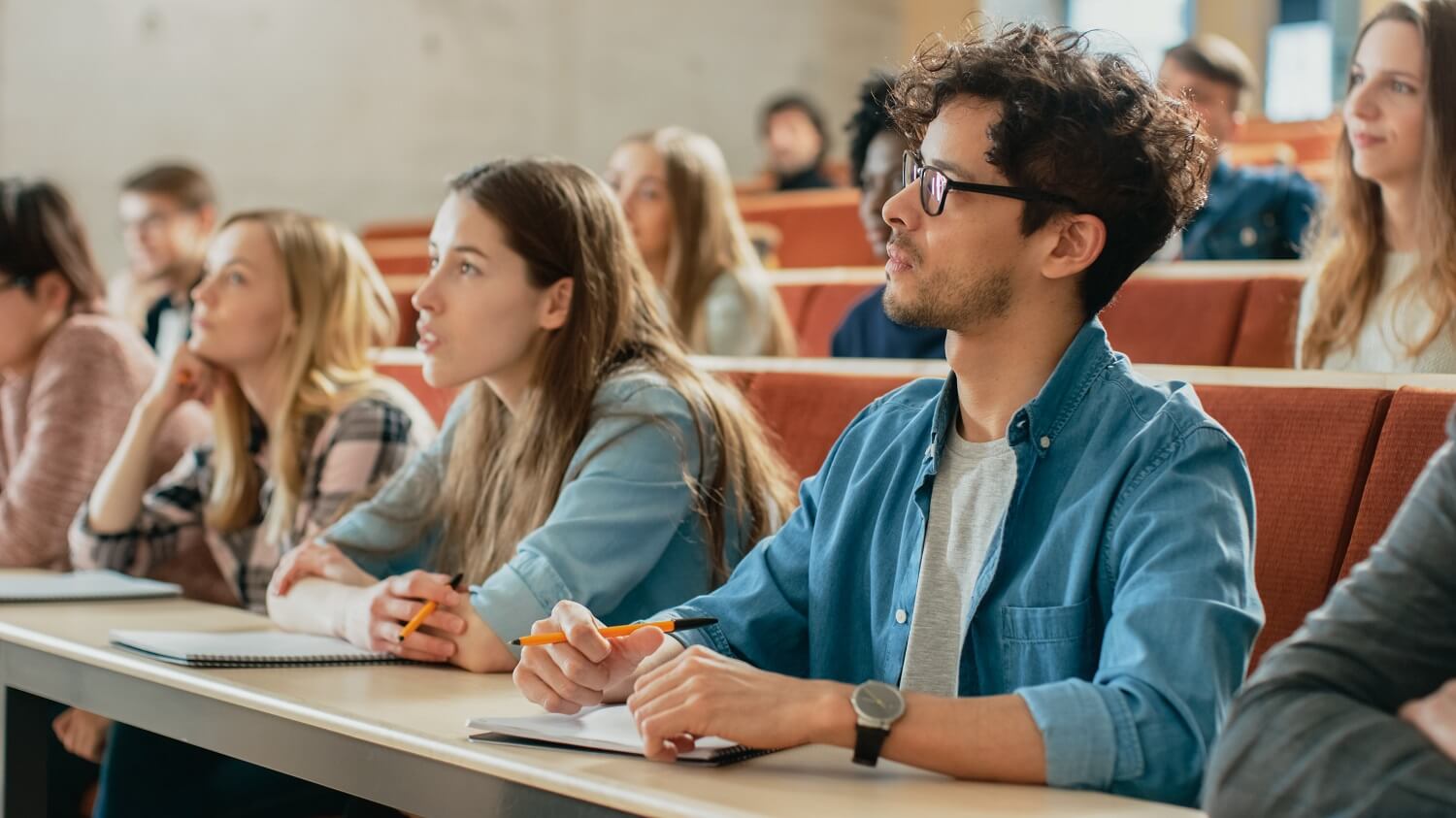- Flipped Classroom
7 Unique Flipped Classroom Examples

Share lectures with video before class, and dedicate class time to activity and discussion. At first, the flipped classroom example sounds fairly straightforward.
Looking closer, however, it soon becomes clear that from this basic premise springs many unique and interesting forms.
We are highlighting 16 examples of flipped classrooms in action, teaching students ranging from elementary scholars to doctoral candidates. Most surprising in all those examples? The sheer amount of variety — everything from teaching styles, information resources, student interaction, and more is tailored to the needs of the coursework.
You want to learn how Panopto can elevate teaching at your institution?

Flipped classroom examples
Many of the examples illustrate unique models of how a teacher can invert their class. Is one of those flipped concepts right for your classroom? Let’s take a look at each:
1. The standard inverted classroom
Students are assigned the “homework” of watching video lectures and reading any materials relevant to the next day’s class. During class time, students practice what they’ve learned through traditional schoolwork, with their teachers freed up for additional one-on-one time.
2. The discussion-oriented flipped classroom
Teachers assign lecture videos, as well as any other video or reading related to the day’s subject — think TED Talks, YouTube videos, and other resources. Class time is then devoted to discussion and exploration of the subject. This can be an especially useful approach in subjects where context is everything such as history, art, or English.
3. The demonstration-focused flipped classroom
Especially for those subjects that require students to remember and repeat activities exactly — think chemistry, physics, and just about every math class — it is most helpful to have a video demonstration to be able to rewind and re-watch. In this model, the teacher uses screen recording software to demonstrate the activity in a way that allows students to follow along at their own pace.
The Practical Guide to Flipping Your Classroom
Take a deeper look into the flipped classroom evolution, including the foundational strategy and early results that have so many teachers excited, in our white paper, The Practical Guide to Flipping Your Classroom.
4. The faux-flipped classroom
The faux-flipped classroom is perfect for younger students for whom actual homework might not yet be appropriate. This flipped classroom model instead has those students watch lecture video in class — giving them the opportunity to review materials at their own pace, with the teacher able to move from student to student to offer whatever individual support each young learner needs.
5. The group-based flipped classroom
This model adds a new element to help students learn — each other. The class starts the same way others do, with lecture videos and other resources shared before class. The shift happens when students come to class, teaming up to work together on that day’s assignment. This format encourages students to learn from one another and helps students to not only learn the what the right answers are but also how to actually explain to a peer why those answers are right.
6. The virtual flipped classroom
For older students and in some courses, the flipped classroom can eliminate the need for classroom time at all. Some college and university professors now share lecture videos for student viewing, assign and collect work via online learning management systems, and simply require students to attend office hours or other regularly scheduled time for brief one-on-one instruction based on that individual student’s needs.
7. Flipping the teacher
All the video created for a flipped classroom doesn’t have to begin and end with the teacher. Students too can make use of video to better demonstrate proficiency. Assign students to their record practice role-play activities to show competency, or ask each to film themselves presenting a new subject or skill as a means to “teach the teacher”.
Keep in mind that every classroom is different, with different levels of access to technology, different levels of motivation on the part of the students, and different technological know-how on the part of the instructors. In addition, teachers must re-learn how to act as the “guide on the side” rather than the “sage on the stage”—and that takes time.
However, whenever the shift does occur, many experts believe the benefits of the flipped classroom are well worth the effort. According to LearnDash, 9 out of 10 teachers noticed a positive change in student engagement since flipping their classroom (up 80% from 2012), while 71% of teachers indicated that grades of their students have improved since implementing a flipped classroom strategy.




